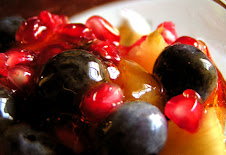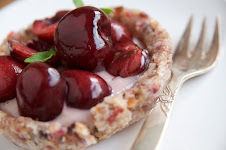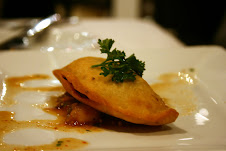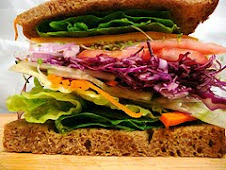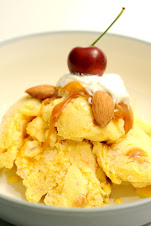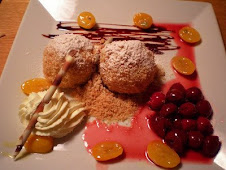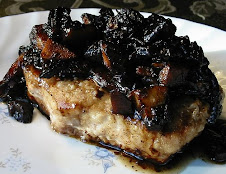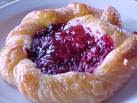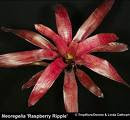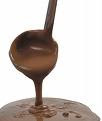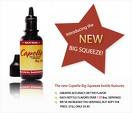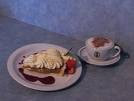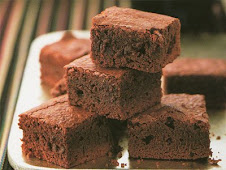The water cycle refers to the continuous exchange of water within the hydrosphere, among the atmosphere, soil water, outside water, earth water, and plants. Water chains moves perpetually through each of these regions in the water chain consisting of following transmit processes:
• Evaporation from oceans and other water bodies into the air and transpiration from land plants and animals into air.
• Precipitation, from water vapor condensing from the air and falling to earth or ocean.
• Runoff from the earth usually reaching the sea.
Most water vapor over the oceans returns to the oceans, but winds carry water vapor over land at the same rate as runoff into the sea, about 36 Tt per year. Over land, evaporation and transpiration contribute another 71 Tt per year. Rainfall, at a rate of 107 Tt per year over land, has several forms: most commonly rain, snow, and hail, with various offerings from fog and dew. Condensed water in the air may also refract sunshine to produce rainbows.
• Evaporation from oceans and other water bodies into the air and transpiration from land plants and animals into air.
• Precipitation, from water vapor condensing from the air and falling to earth or ocean.
• Runoff from the earth usually reaching the sea.
Most water vapor over the oceans returns to the oceans, but winds carry water vapor over land at the same rate as runoff into the sea, about 36 Tt per year. Over land, evaporation and transpiration contribute another 71 Tt per year. Rainfall, at a rate of 107 Tt per year over land, has several forms: most commonly rain, snow, and hail, with various offerings from fog and dew. Condensed water in the air may also refract sunshine to produce rainbows.


 Calorie restriction
Calorie restriction An ice pop is a freezing
An ice pop is a freezing 
 The soft
The soft  Take 6 lbs. of the white sweet almond cakes from which jessamine oil has been made abroad; beat and sift them to a fine powder, and put to it as much fresh oil of jessamine as will be required to make it into a stiff paste. Let this paste be dissolved in about 6 qts. of spring-water, which has been previously well boiled, and left until it has become about half cold. Stir and mix the whole well together, and when the oil and water have been well combined, let the whole stand until the powder has fallen to the bottom of the vessel. Now pour the liquid off gently, and filter it through cotton, in a large tin funnel, into the glass bottle in which it is to be kept for use. The powder or sediment which has been left at the bottom of the vessel, when dried by the heat of the sun, answers very well for making almond paste for the hands.
Take 6 lbs. of the white sweet almond cakes from which jessamine oil has been made abroad; beat and sift them to a fine powder, and put to it as much fresh oil of jessamine as will be required to make it into a stiff paste. Let this paste be dissolved in about 6 qts. of spring-water, which has been previously well boiled, and left until it has become about half cold. Stir and mix the whole well together, and when the oil and water have been well combined, let the whole stand until the powder has fallen to the bottom of the vessel. Now pour the liquid off gently, and filter it through cotton, in a large tin funnel, into the glass bottle in which it is to be kept for use. The powder or sediment which has been left at the bottom of the vessel, when dried by the heat of the sun, answers very well for making almond paste for the hands.

